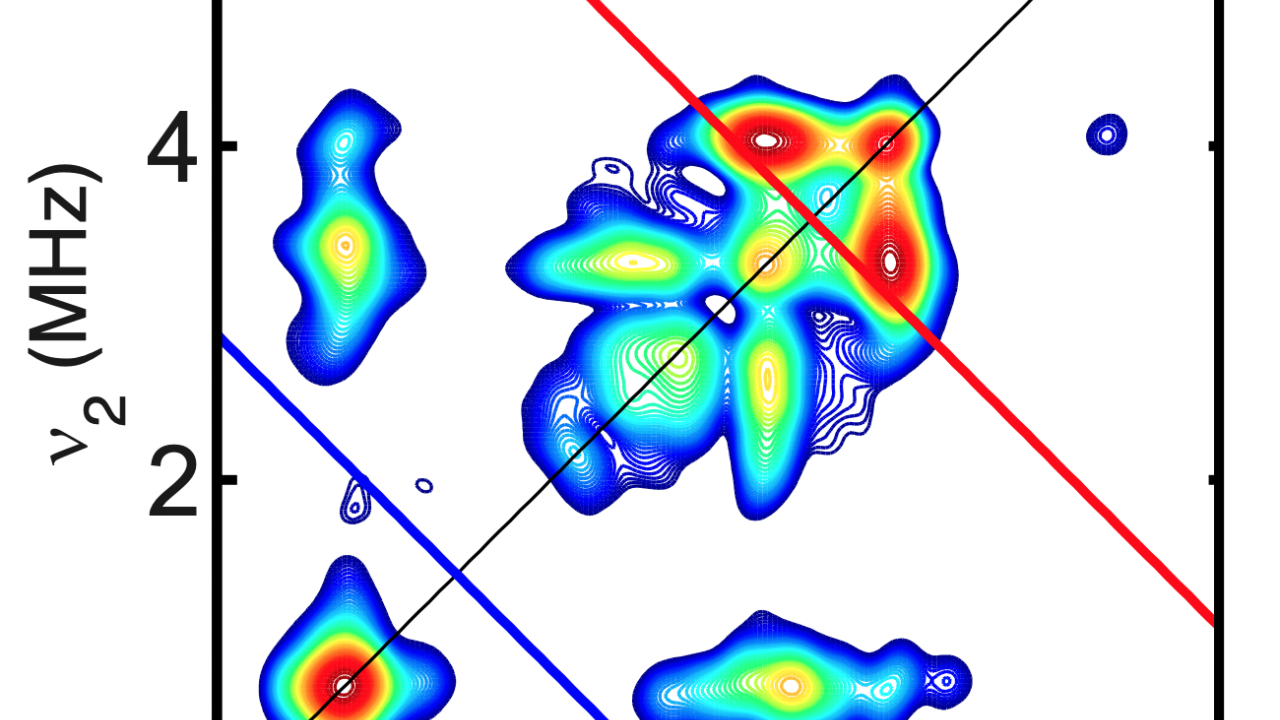
New insights into hydrogenase active site biosynthesis
[FeFe]-hydrogenases catalyze H₂ evolution at extraordinary rates at low overpotential using base metal (not platinum). In the field of renewable energy, the biosynthesis of these enzymes’ active sites, the H-cluster, is of intense interest. Among its many cofactors, the azadithiolate is unique, and its biosynthesis remains enigmatic. Three Fe–S proteins, HydE, HydF, and HydG, are essential for the H-cluster bioassembly. This paper describes an in vitro assembly approach where a synthetic [Fe(cysteine)(CO)₂(CN)] complex, “syn-B,” allows HydG- free biosynthesis of the active enzyme. Using isotopic and S/Se labeling, syn-B is shown to contribute Fe(CO)₂(CN)S to the biosynthesis. This work sets the stage for further investigation of the H-cluster bioassembly.
More information at https://www.pnas.org/content/early/2019/09/26/1913324116
